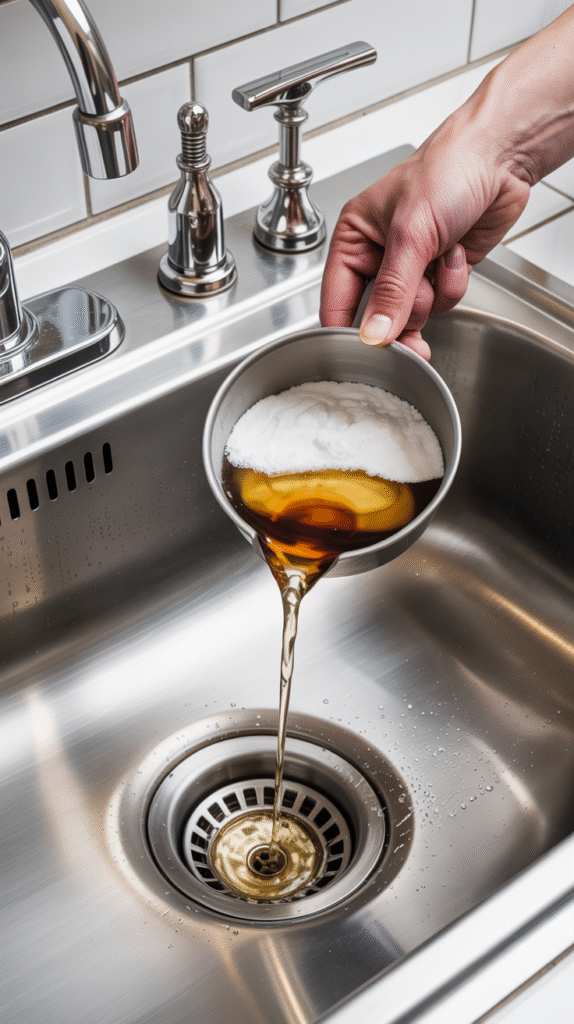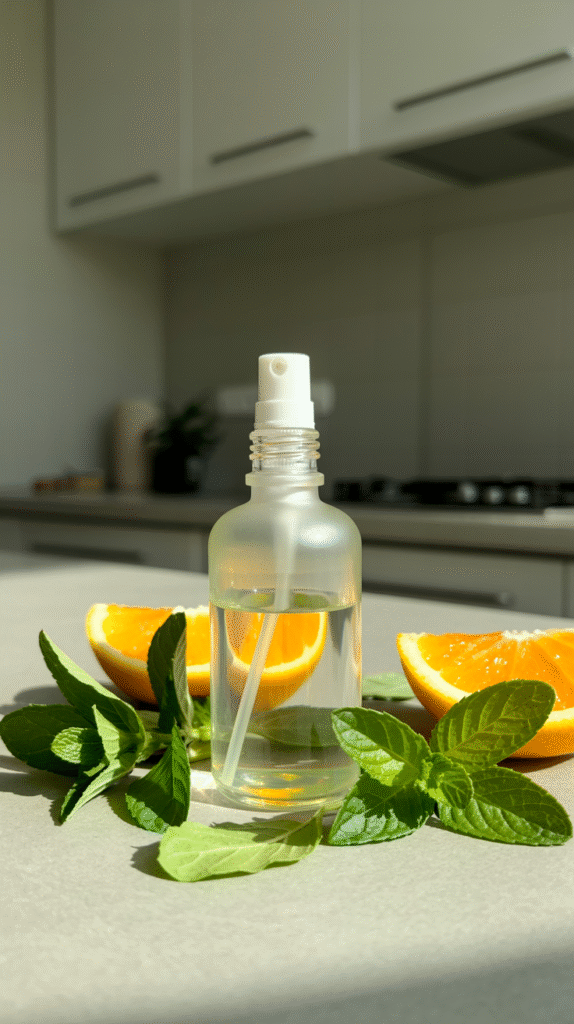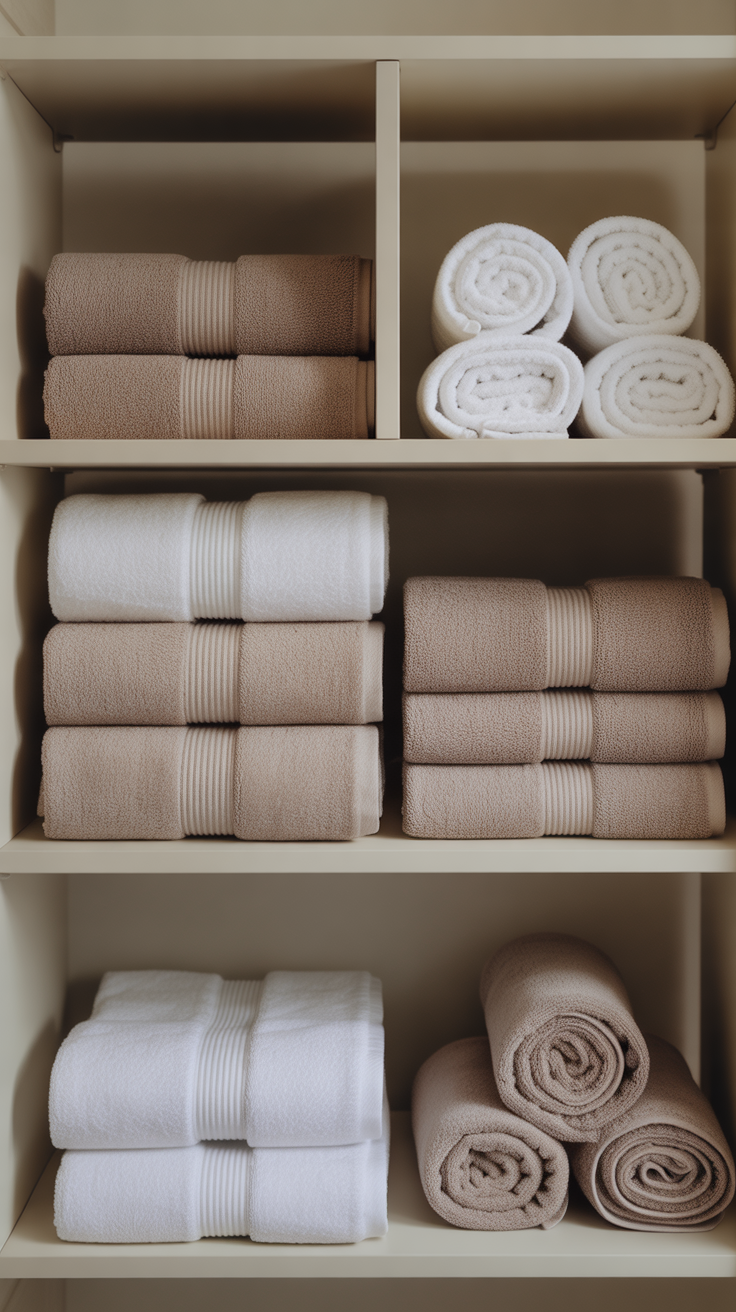How to Get Rid of Fruit Flies in the House (For Real This Time)
Let’s be honest — few things make you question your sanity faster than seeing tiny fruit flies buzzing around your kitchen, acting like they pay rent. One minute, you’re just cutting a banana, and the next, it’s like a mini airshow over your sink. If you’ve been waging war against these annoying little creatures, you’re not alone.

Fruit flies are sneaky. They show up out of nowhere, multiply faster than your inbox spam, and somehow make you feel like your house is dirtier than it actually is. (Spoiler: it’s not. Even the cleanest homes get them.)
But don’t worry — I’ve got you covered. By the time you finish reading this, you’ll know exactly how to get rid of fruit flies in your house — for good. I’ve tried everything from DIY traps to store-bought sprays, and I’ll spill what actually works (and what’s just a waste of your time).
What Are Fruit Flies (and Why Are They So Obsessed With Your Kitchen)?
Before we go full exterminator mode, let’s understand our tiny nemesis. Fruit flies, or Drosophila melanogaster if we’re getting fancy, are attracted to fermenting or rotting organic material, especially fruit. That half-eaten peach on the counter? Yeah, that’s their five-star hotel.
They lay eggs in moist, sugary spots — usually near fruit, drains, trash cans, and even recycling bins. Each female can lay up to 500 eggs at a time. I know, horrifying.
So, even if you only see one or two flies hovering around, it’s safe to assume they’ve already sent out party invitations to a few hundred friends.
Ever wondered how they even get inside in the first place? Here’s the kicker — you probably brought them in yourself. Those apples or tomatoes you picked up from the store might’ve had tiny eggs already on them. It’s like a secret bonus feature you never wanted.
Step 1: Find the Source (A.K.A. The Breeding Ground of Doom)
You can’t kill fruit flies effectively until you find out where they’re coming from. Otherwise, you’re just playing whack-a-mole.

Check These Usual Suspects:
- Overripe fruit sitting out on the counter
- Trash cans or compost bins that haven’t been emptied recently
- Sink drains with organic buildup
- Empty bottles or cans with residue left inside
- Recycling bins with sticky soda or juice remnants
- Damp mops or rags (yes, even those can host fruit fly eggs!)
If you’re thinking, “I’ve checked all of those,” check again. These guys love to hide in sneaky places like the rim of your garbage disposal or the underside of fruit baskets.
A quick tip I’ve learned: take a flashlight and look around at night. Fruit flies tend to hover more visibly when the lights are dim. Creepy, but useful.
Once you’ve identified their favorite hangout, clean it thoroughly. Remove any spoiled produce, wipe surfaces with a mix of vinegar and dish soap, and rinse everything down the drain with hot water.
Step 2: Set Up DIY Fruit Fly Traps That Actually Work
Let’s talk about traps — because while cleaning is half the battle, you’ll still need to catch the stragglers.
1. The Apple Cider Vinegar Trap
This is the classic method everyone swears by, and for good reason. Fruit flies can’t resist the smell of fermented apples.
Here’s how you do it:
- Grab a small bowl or cup.
- Pour in about half an inch of apple cider vinegar.
- Add a few drops of dish soap.
- Cover it with plastic wrap and poke tiny holes in it.
The flies get in, but they can’t get out. (Insert evil laugh here.)
If you want to go the low-effort route, skip the wrap and just leave it open — the dish soap breaks the surface tension, so the flies drown when they land.
2. The Fruit Trap
No vinegar on hand? No problem.
Try this:
- Take a piece of ripe fruit (banana works best).
- Put it in a jar.
- Cover the jar with plastic wrap and poke a few holes.
Flies will swarm in, get stuck, and eventually meet their doom. It’s slightly gross, but effective.
3. The Wine Trap
Ever had a bottle of red wine go bad? Don’t pour it out yet. Fruit flies love wine even more than your tipsy friend at brunch.
Do this:
- Pour a little leftover wine into a glass.
- Add a drop of dish soap.
- Leave it out overnight.
By morning, you’ll have a tiny fly graveyard — and the satisfaction of victory.
Step 3: Deep Clean Like You Mean It
Even if your traps are working, if you don’t clean the breeding areas properly, they’ll be back.
Here’s where you need to go full “clean freak mode”:
Scrub Every Surface
Use a mix of equal parts vinegar and water to wipe down counters, shelves, and fruit baskets. Pay special attention to sticky spots — fruit juice, soda, or even wine residue are fruit fly magnets.
Tackle the Sink Drain
This is a sneaky one. Fruit flies love to breed in the gunk that collects in drains.

Do this simple drain cleanse:
- Pour a cup of boiling water down the drain.
- Add a half cup of baking soda, followed by a cup of vinegar.
- Let it fizz for 5–10 minutes, then rinse with more hot water.
Bonus: your drain will smell amazing after.
Empty the Trash Often
Even if your trash doesn’t look full, the smell alone can lure fruit flies. Take it out daily until the problem’s gone.
And while you’re at it, rinse your bins with soapy water or vinegar once a week.
Step 4: Stop Inviting Them Back
Now that you’ve evicted the current batch of freeloaders, let’s make sure they don’t return.
1. Store Produce Properly
Don’t leave fruit sitting out. Keep it in the fridge or in sealed containers.
Bananas, peaches, and tomatoes are basically “open house” invitations for fruit flies.
2. Wash Your Fruit Immediately
When you get groceries, rinse all produce under running water — even if it looks clean. This helps remove any eggs hiding on the skin.
3. Keep Drains Clean
Make the vinegar-and-baking-soda flush part of your weekly cleaning routine. It’s quick and super effective.
4. Cover Compost
If you compost, make sure the lid seals tightly. You can even sprinkle a little diatomaceous earth or baking soda on top to deter flies.
5. Use Natural Repellents
Want to get fancy? Try essential oils like lemongrass, peppermint, or lavender. Fruit flies can’t stand the smell.
Mix 10 drops with a cup of water and spray it around your kitchen like an all-natural fly repellent. Bonus: your house will smell amazing.

Step 5: What to Do if Nothing Works (a.k.a. The Nuclear Option)
Tried everything and still seeing them buzz around like they own the place? Don’t worry — sometimes fruit flies are stubborn little punks.
Here are a few next-level tricks I’ve personally tested when the usual stuff didn’t cut it:
Use a Store-Bought Trap
If DIY isn’t doing the trick, grab a pre-made fruit fly trap from brands like TERRO or Aunt Fannie’s. They’re easy — just open, place near the source, and let it do its thing.
I once used TERRO traps during a particularly bad summer invasion, and let’s just say… I felt like the villain in a superhero movie watching the flies meet their end.
Try a Fan
It sounds silly, but fruit flies are terrible fliers. Setting up a small fan near your counter or sink can literally blow them away and stop them from landing.
Use a Vinegar Spray
Mix ½ cup vinegar, a few drops of dish soap, and water in a spray bottle. Whenever you see one flying, spray it directly — instant knockout.
Call the Pros
If you’re dealing with a massive infestation (like, can’t-eat-dinner-without-flies-in-your-face level), it might be time to call pest control. It’s rare, but sometimes the problem goes deeper than your kitchen — like in the walls or drain lines.
My Go-To Daily Routine for Staying Fruit Fly-Free
After years of dealing with these winged nightmares, I’ve learned that prevention is 90% of the game. Here’s my no-fuss daily routine that keeps my kitchen fly-free:
- Every morning: Quick wipe-down of counters with vinegar water.
- After cooking: Check for fruit peels or crumbs left out.
- Every night: Empty trash if it smells even slightly sweet.
- Weekly: Drain flush + clean sink strainer.
It’s five minutes of effort for 100% peace of mind.
Common Myths About Fruit Flies (And Why They’re Totally Wrong)
Let’s bust a few myths — because there’s a ton of bad info out there.
Myth #1: Fruit Flies Only Show Up in Dirty Homes
Nope. They’re equal-opportunity pests. Even the tidiest kitchens can attract them if there’s fresh produce sitting out.
Myth #2: They Come from the Drain
Not exactly. They breed near drains when there’s gunk buildup, but they don’t magically appear from plumbing.
Myth #3: Bleach Kills Them
Bleach might clean your sink, but it won’t reach where the eggs are. Hot water and vinegar work much better.
Myth #4: They’ll Go Away on Their Own
Yeah, good luck with that. Once they’ve found food and a breeding spot, they’ll stay until you take action.
How to Tell If They’re Fruit Flies or Something Else
Not every tiny flying pest is a fruit fly. Some might be drain flies or fungus gnats, and the treatment differs slightly.
Here’s how to tell the difference:
- Fruit flies: Brownish-yellow with red eyes, hover around fruit and trash.
- Drain flies: Fuzzy, moth-like, hang around sinks and bathroom drains.
- Fungus gnats: Smaller and darker, often near potted plants.
If they’re fungus gnats, you’ll need to dry out your soil or add a layer of sand on top to stop breeding.
Pro Tips to Keep Your Kitchen a No-Fly Zone
Once you’ve dealt with the main issue, these small habits make a huge difference long-term:
- Keep your sponge dry. Wet sponges can be breeding heaven for fruit flies.
- Don’t overwater houseplants. Moist soil = gnat paradise.
- Run your garbage disposal daily. Even if you didn’t use it — it clears out food particles.
- Store onions, potatoes, and garlic in mesh bags. That allows airflow and prevents rot.
Ever notice how flies vanish during winter? That’s because they hate the cold. Keeping your kitchen slightly cooler (below 70°F) helps slow down their life cycle.
The Science Behind Why These Tricks Work
Alright, quick nerd moment (because it’s kind of fascinating).
Fruit flies are drawn to ethanol and acetic acid, which form when fruit ferments. That’s why apple cider vinegar and wine traps are so effective — they mimic the smell of decaying fruit.
Dish soap works because it breaks the surface tension of the liquid, so flies can’t land safely — they just sink and drown.
Vinegar and baking soda? That combo kills bacteria and removes the residue that eggs stick to. Basically, it’s both cleaning and bug control in one shot.
Science rocks sometimes, right?
Quick Recap: The Battle Plan
If you’re a “just give me the steps” kind of person, here’s your easy checklist:
- Find the source. (Fruit, drains, trash.)
- Clean it thoroughly. Use vinegar and soap.
- Set traps. Apple cider vinegar + dish soap works wonders.
- Empty trash and recycling daily.
- Flush drains weekly. Baking soda + vinegar.
- Store fruit in the fridge.
- Spray peppermint or lavender oil. Bonus: it smells nice.
Stick to that for one week, and you’ll be living fly-free. Promise.

Conclusion: You vs. Fruit Flies — Victory Is Yours
So, there you have it — the full guide to getting rid of fruit flies in the house once and for all. You’ve learned what attracts them, how to find their secret hideouts, and all the sneaky ways to keep them from coming back.
Sure, they’re persistent, but now you’ve got science, vinegar, and a bit of sass on your side. Whether you go the DIY route or bring in the big guns, the key is consistency.
And hey, next time someone at dinner complains about fruit flies, you’ll get to smugly say, “Oh, I know how to handle that.” 😏
Because you’re not just cleaning — you’re winning.






